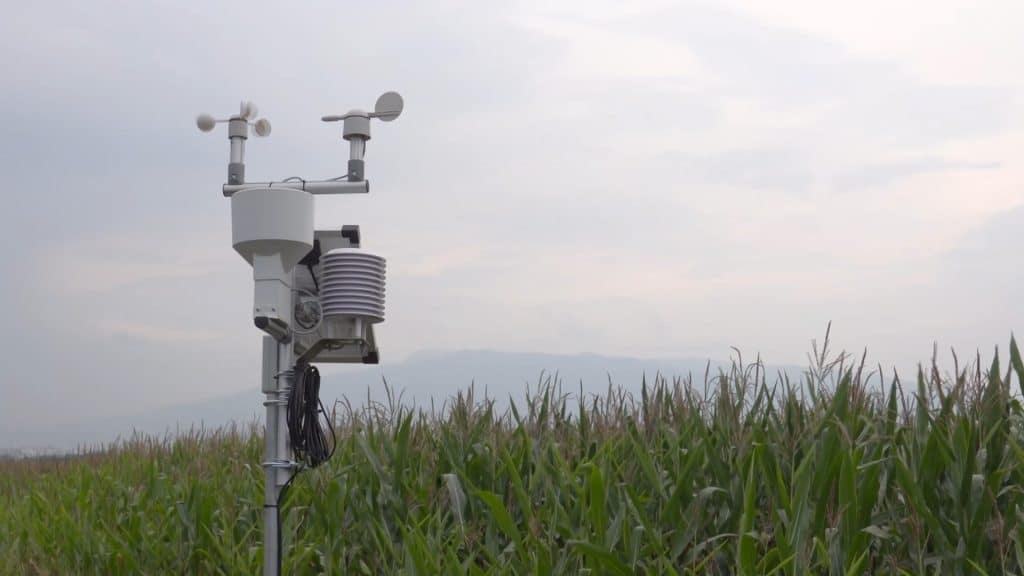Satellite 101: Learning About Satellites and How They Work
What are satellites? How are they built and launched?
Technically, a satellite is any object that orbits a “celestial body” like a planet, moon, or star. But when we are referring to satellites, we are referring to the human-made devices that orbit the Earth. Satellites have many different purposes, such as imagery, weather data, and Global Positioning System (GPS). However, Intelsat’s area of expertise is satellite communications.
Satellites are built using sophisticated and sensitive electronic and mechanical components that must withstand the vibrations of a rocket launch and then operate in the harsh environment of space – without maintenance – for periods of 15 years or more.
Parts of a Satellite and What They Do
Spacecraft bus: the primary spacecraft structure containing power, temperature control and directional thrusters.
Onboard computer: Located inside the body of the satellite, this is the brains of the operation.
Antennas: Similar to the one on your car or your phone, size comparable to TV antennas you see mounted on houses.
Communications payload and transponders: receives, amplifies, and retransmits the signals over a designated geographic area. A satellite contains multiple “channels,” called transponders, that provide bandwidth and power over designated radio frequencies. The transponder’s bandwidth and power dictate how much information can be transmitted through the transponder and how big the ground equipment must be to receive the signal.
In addition, the satellite’s antennas direct the signal over a specific geographic area.
Solar panels: The most recognizable part of large satellites are the solar panels, often two “wings” on either side of a modern communications satellite. They soak up sunlight convert it into electricity and store that power into rechargeable batteries. This is what enables a satellite to have power for years and even decades.
Attitude Control Systems: Attitude means physical orientation of the satellite. The ACS uses star sensors, gyroscopes and reaction wheels to keep the satellite oriented correctly toward the earth for the satellite to receive and transmit signals correctly.
Understanding Orbits
There are three main types of orbits satellites typically move around the earth. Low Earth orbit: LEO, Medium Earth Orbit: MEO, and Geostationary Orbit: GEO.
LEO is located only a few hundred kilometers above earth, usually around 300km (~186 miles). The lower orbit significantly reduces the delay that is created as the signal travels between Earth and the satellite and back to earth. This approach is particularly advantageous for global mobile telephone services in which signal delays during two-way communications can be disruptive and confusing. Low Earth orbit satellites do not remain in a fixed position in the sky relative to Earth. The low altitude also limits the area on the earth that the LEO satellite “sees” at a given time. As a result, a lot of satellites are needed to cover the globe to maintain a constant connection – anywhere from a few hundred to a few thousand.
MEO, or Medium Earth Orbit, are located between 3,000km (~2000 miles) and 10,000km (6,000 miles) from earth. This is a good compromise between GEO and LEO as fewer satellites are required than LEO, typically less than 200, to maintain a constant connection. Typically, GPS satellites are located in this orbit. MEO satellites do have a unique challenge as they might pass through the Van Allen Radiation Belts and require extra protection.
Geostationary Orbit, or GEO, is located at about 36,000 kilometers (~22,300) from earth’s equator. The concept of geostationary satellite communications systems is generally credited to the futurist Arthur C. Clarke. Clarke wrote an article in 1945 stating that communications signals could be transmitted to and from Earth by a relay station (satellite) orbiting at that altitude (36,000km), the satellite would travel at the same rotational rate as Earth and would appear to remain fixed over a location on the ground below, thereby providing a stationary platform for the continuous relay of communications signals. Only one GEO satellite is needed to provide connection to a fixed spot on the earth, and only 3 are needed at equal distances to provide coverage to the whole planet.
How a Satellite Connection is Made
Satellites are only one part in the journey of transmitting data. Parts on Earth are needed to make that journey a success.
Satellite communications involves these steps:
1. Data is sent via a ground network (sometimes called a terrestrial or fiber network)
2. An uplink ground station (sometimes called an Earth station) or other ground equipment transmits the desired signal to the satellite
3. The satellite amplifies the incoming signal and changes the frequency
4. The satellite transmits the signal back to Earth
5. The ground equipment receives the signal
Live Via Satellite
Ever wondered how a live event is able to reach your device in a matter of seconds?
It goes like this:
1. Cameras capture the action at the event
2. That info is sent to a mobile production studio
3. The signals are processed and encoded
4. Then beamed to a satellite
5. The satellite amplifies the signal
6. The amplified signal is sent back to earth to watch the event, all around the world!
Frequencies
The frequency bands satellites use are only a portion of bands that are used for different purposes including radio, television, and radar. This graphic puts it all into context. (Either link to this page or have a graphic created to embed)
Commercial satellite services primarily use these radio frequency bands:
C-band, which provides lower transmission frequency over wide geographic areas and generally requires larger ground equipment for reception.
Ku-band, which offers higher transmission frequency over smaller geographic areas and can be received with smaller ground equipment.
Ka-band, which offers even higher transmission frequency than Ku-band and generally is used for high-bandwidth services such as high-speed internet, video conferencing and multimedia applications.






















